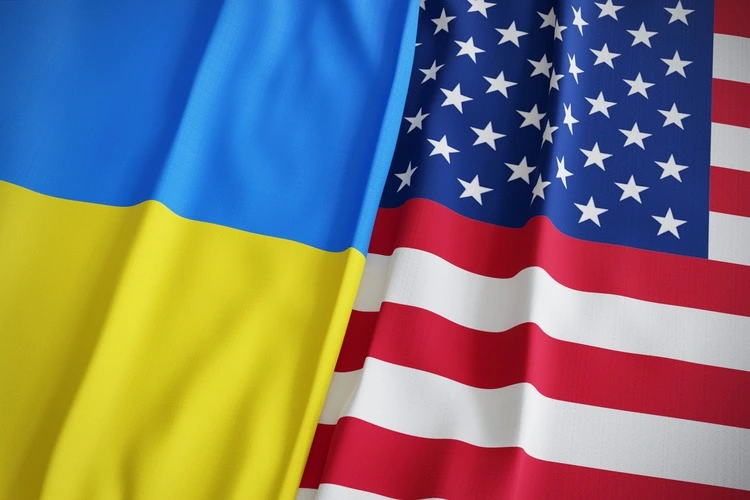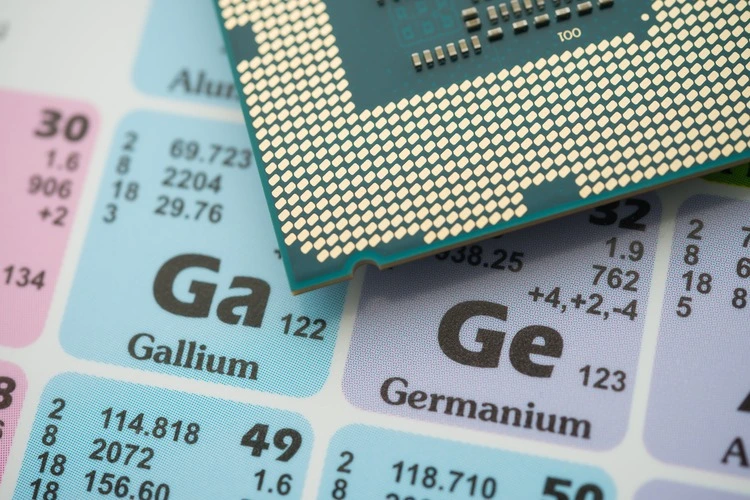
Ukraine has one of the largest mineral deposits of any European country. What minerals does it house & how could they benefit the US?
By
Deep beneath Ukraine’s ground lies something the US wants. Around 111 billion tonnes of mineral resources – worth an estimated $14.8 trillion – are found across six locations in the country, making it home to one of the largest deposits of critical minerals in Europe.
These resources have been a major talking point between the US and Ukraine in recent days, amid Kyiv announcing it is ready for an agreement to open up the minerals to US investment, in return for continued military aid from the country.
But what exactly are these minerals, and why is Trump focused on acquiring them?
Enjoying this article? Check out our related reads:
Minerals galore
In total, Ukraine has around five per cent of the world’s total mineral resources, ranking it within the top ten global suppliers.
Prior to Russia’s invasion, Ukraine was a key titanium supplier for the military sector; provided gallium for LEDs and semiconductors across the world, and produced 90 per cent of neon gas for the US chip industry. All of these critical minerals helped to bolster Ukraine’s economy, with its mining and metal complex contributing around 10 per cent to the country’s total GDP.
Now, Trump’s attention is focused keenly on how the US could benefit from Ukraine’s wealth of mineral resources, and particularly its rare earth metals.
Out of the 34 minerals identified by the EU as critical – defined as such through their vital need to benefit a country’s economy or national security – Ukraine has deposits of 22, according to Ukrainian data.
The country also has an abundance of rare earth metals – which fall under the category of critical minerals – including lanthanum and cerium (used for TVs and lighting) along with neodymium (used in wind turbines and electric batteries) and yttrium (used in nuclear power and lasers among other applications).

According to the US Geological Survey, these metals can be used in more than 200 products from phones to electric cars, TVs and flat-screen monitors. On a national defence level, such metals can be used to produce sonar systems, lasers and electronic displays. The vast applications of these metals may be one factor incentivising Trump to acquire a significant proportion of Ukraine’s supply.
However, due to the ongoing war, around one-fifth of Ukraine’s territory is now controlled by Russia. This means that approximately 40 per cent of Ukraine’s metal resources are now under Russian occupation – and thus inaccessible – along with the majority of the country’s coal deposits now being lost. According to AP News, Ukraine has suggested that it is in Trump’s interest to develop what is left of its resources in the event that Russia continues to capture more and dwindle its remaining supply.
The race for rare earth
Currently, China is the world’s biggest producer of rare earth metals, producing around 60 per cent of the total supply and processing nearly 90 per cent of all these metals.
The US has long been trying to catch up with China’s vast scale of production, so Ukraine’s potential deal to strike with the US could seemingly offer a significant leap up the ladder of rare earth metal supply for Trump.
However, in reality, it’s not such a quick fix. Setting up mines to extract metals is a process that, on average, takes around 15 years. Complicating matters further is investment into creating new mineral supply chains, and against the backdrop of the ongoing war, private sector investment may be sparse. Difficulty accessing geological data and getting land plots are likely to also hamper future rare earth metal projects in Ukraine.
All in all, these factors combine to make it more difficult than it may initially seem to get Ukraine’s rare earth industry off the ground, and consequently the US’s.
‘I think it’s a smart move from Zelensky as a way to convince the new administration,’ said policy expert at Benchmark Mineral Intelligence Bryan Bille. ‘But in the end, it’s a question about developing these deposits, bringing these projects online, which could take years.’
While the deal between Ukraine and the US is yet to be finalised, it’s clear that critical minerals – particularly rare earth metals – are growing in importance for economies around the world, and will likely continue to do so in the coming years.




